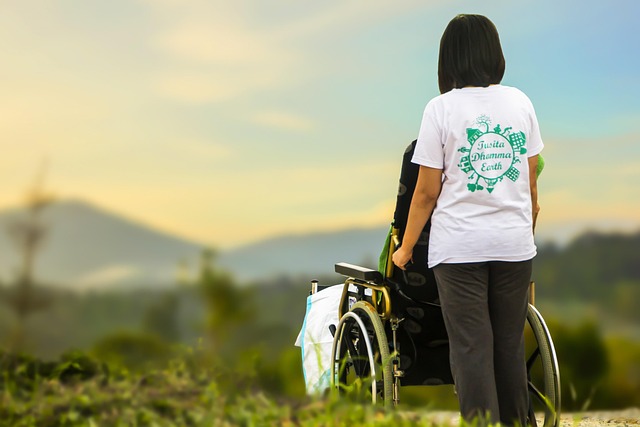As our society continues to evolve, so too does the importance of caring for our elderly population. With advances in technological innovations, we are witnessing a remarkable transformation in the realm of health care and support for seniors. Enter the elderly assistance robot, a groundbreaking solution designed to enhance the quality of life for older adults while providing much-needed support to caregivers.
The rise of elderly assistance robots is a testament to human ingenuity. These robots are equipped with advanced sensors and artificial intelligence that allow them to understand and respond to the needs of seniors. From medication reminders to companionship, these robots offer a range of functionalities tailored to enhance daily living. Imagine an elderly person feeling more independent and secure at home, equipped with a friendly robotic companion that helps manage their health and wellness.
Moreover, the integration of robotics in health care has immense potential for improving health outcomes. For instance, these robots can be programmed to remind seniors when it’s time to take their medication or can monitor vital signs to alert family members or medical professionals in case of emergencies. This capability reduces the burden on caregivers and helps older adults maintain their independence, a crucial aspect of their mental and emotional well-being.
With health innovation becoming increasingly data-driven, elderly assistance robots can also learn from their interactions. They can analyze behavior patterns and health metrics, leading to customized care strategies. This type of personalized approach is crucial in a world where one-size-fits-all solutions often fall short of meeting individual needs.
Furthermore, the emotional aspect of robotic companionship cannot be understated. Loneliness is a significant issue for many seniors, and having an elderly assistance robot to talk to or share moments with can significantly alleviate feelings of isolation. These robots are designed not just to assist but also to offer a semblance of connection, thereby promoting emotional health.
As technology continues to advance, we can expect to see even more functionalities within elderly assistance robots. Features like telehealth capabilities, which allow for virtual doctor visits, and mobility assistance will only enhance their role in supporting the aging population. The future of health innovations is indeed bright as we integrate such empathetic technologies into our lives.
In conclusion, the emergence of elderly assistance robots marks a new chapter in elderly care and health innovation. By combining technological prowess with a genuine focus on enhancing seniors’ quality of life, we have the potential to transform how we think about aging and caregiving.




